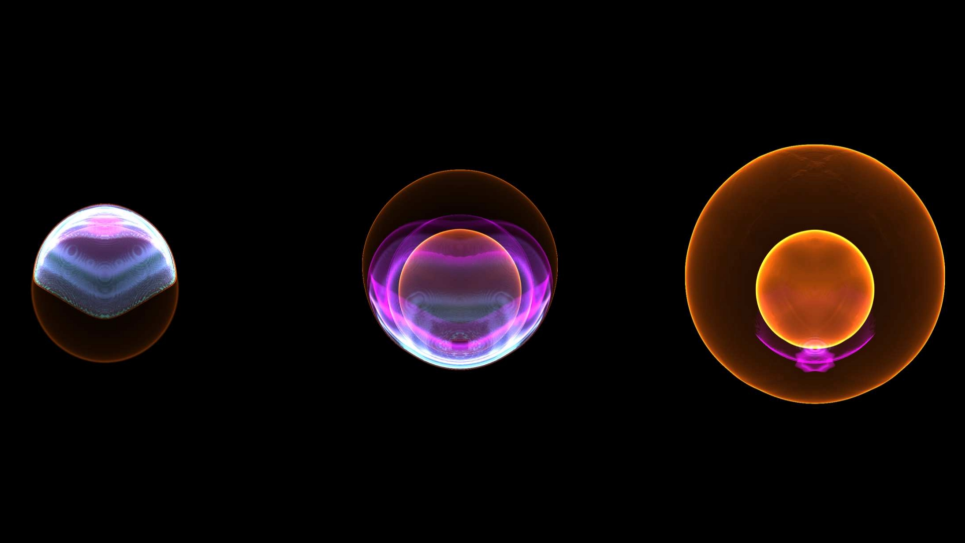
Computing the Dark Universe
The scientific aim of the project led by Salman Habib is to establish a computation-based discovery capability for critical cosmological probes by exploiting next-generation high performance computing architectures.
The simulations will study the clustering of matter in the Universe and the evolution of the clustering as a multi-dimensional cosmological probe. They will provide access to studying different aspects of the ‘Dark Universe’, dominated by the mysterious duo of dark energy and dark matter. The project will bring together two next-generation high performance computation (HPC) codes, the HACC (Hardware/Hybrid, Accelerated Cosmology Codes) framework for N-body simulations, and NYX, a new cosmological hydrodynamics solver.
It is widely recognized that cosmology is entering one of its most scientifically exciting phases. Two decades of surveying the sky have culminated in a celebrated “Cosmological Standard Model”. Yet, for two of its key pillars, dark energy and dark matter—together accounting for 95% of the mass-energy of the universe—remain mysterious. Key foundational questions demand answers: What is dark matter made of? Why is the Universe’s expansion rate accelerating? Should general relativity be modified? What is the nature of primordial fluctuations? What is the exact geometry of the universe?
The ALCF’s Mira, an IBM Blue Gene/Q, will enable the team’s ultimate goal to compare the best telescope observations of the structure of the universe to the structure displayed in the computer model, to test the current cosmological theory and perhaps gain insights to some of these foundational questions.

